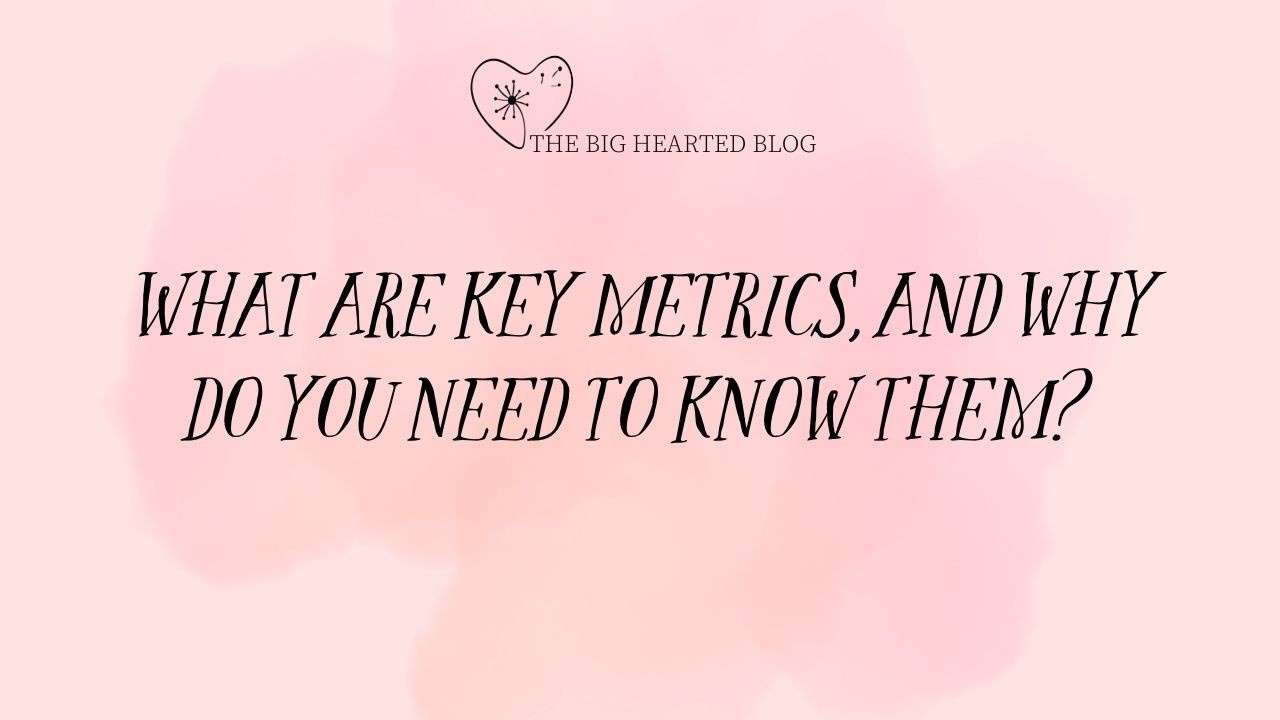
Key metrics can be explained as the data you track to see the health of your business.
Tracking them gives you insight into your figures and performance. Knowing these can help you make decisions and set goals. Every business needs to be accountable for its Key Metrics. FDC is no different.
In fact, you have a wonderful opportunity to design your income to suit you. However, you have to know your numbers first! This can be daunting to have in black and white the actual amount you spent on resources last year! Eekkkk, who knew those costs crept up so quickly! Imagine if you curbed that spending even by 25% and added that to your PD, or your upped your profit percentage!
Do you think that would motivate you to find more sustainable and free resources?
Don’t get me wrong, I LOVE to spend money, especially when it makes my working environment so beautiful. I had to be honest though, and understand that often times I was buying new things in order to justify why my program was so good. Really, my program was so good because of me, not the sparkly bits I bought! When I looked back on the money I spent, I realised I could have easily halved it and still had a fresh space, and saved thousands! Yes, THOUSANDS could have stayed in my pocket to be more mindfully invested.
It was only once someone sat me down and showed me how to look at my numbers that I could see where I should, and could spend my hard-earned dollars. Believe me when I say that the way I viewed my income changed drastically when I saw it all laid out.
The first thing I had to do was look at what I already had and organise it. I was surprised to see so many double ups, and things that had not seen the light of day for ages were pulled out and played with again. I sorted everything into seasonal categories to be changed every season.
I kept my staples out, the things the children played with daily, and then divided everything else into 4. This meant that every 12 weeks new items would come in, and old items would be put away.
It was like I had just gone shopping, but without spending a cent! And this happened every 12 weeks. Suddenly I had no need to continue to buy more. I then set myself a challenge to spend only $25 a week or $300 per season. I had to get planning!
I started to save to buy in bulk. Suddenly the paint I found myself buying every few months, I bought once a year. And that investment actually lasted me longer! This saved me so much money. I found ways to get painting paper, and then scribble paper. I bought each child their own visual arts diary and taught them to mindfully create. Then they would take their book home once completed. This saved on bits floating around but also taught the children to be respectful of the material. If they just wanted to practice their drawing, they used the scrap paper. We then decided to compost this once finished.
I began asking parents to contribute recyclable materials, this saw a wonderful array of loose parts enter my space. The children created so many wonderful activities, often making things I would NEVER have dreamed of. It also reduced the amount of money I was spending, and parent contribution was always something I struggled with, so this ticked so many boxes!
All of this sprang forth from me taking a long hard look at WHERE I was spending money. It gave me focus and direction and made me look at my business with a longer view. It made me accountable and forced me to look at the profitability of my business. It wasn’t great when I thought it was!
After setting my plan into motion, I came back and checked in every 12 weeks, refining and tweaking till I found the sweet spot. More importantly, I was able to save and then buy my house. If I had not had that hard look at my business, I would have continued pouring money into unsustainable areas of my business.
Make sure you tune in next week when I show you how I created my budget!

